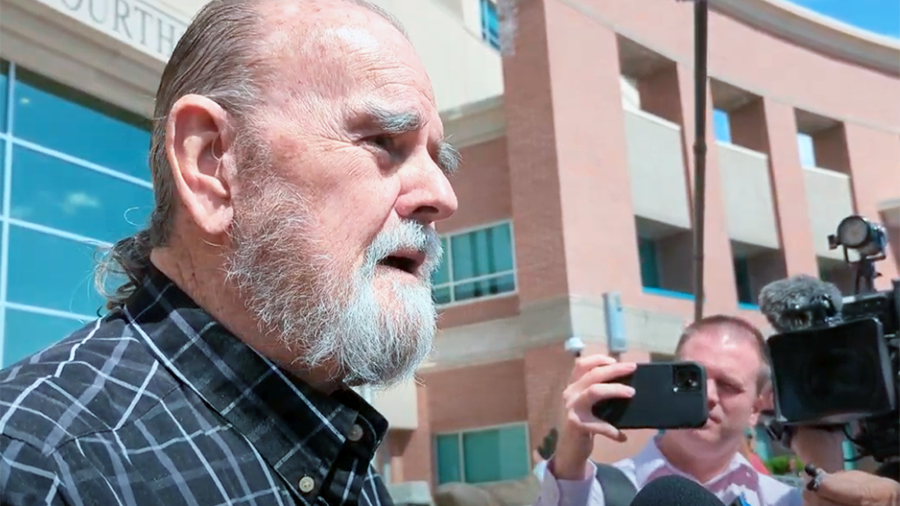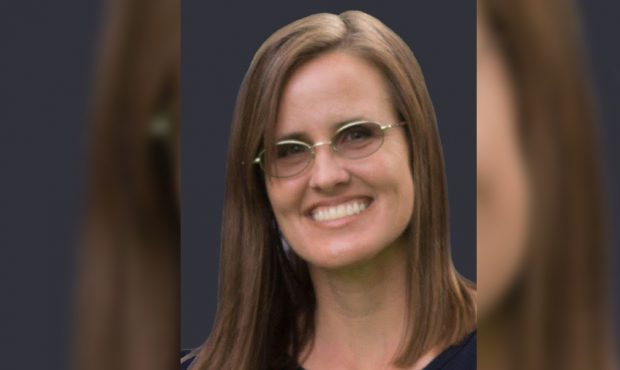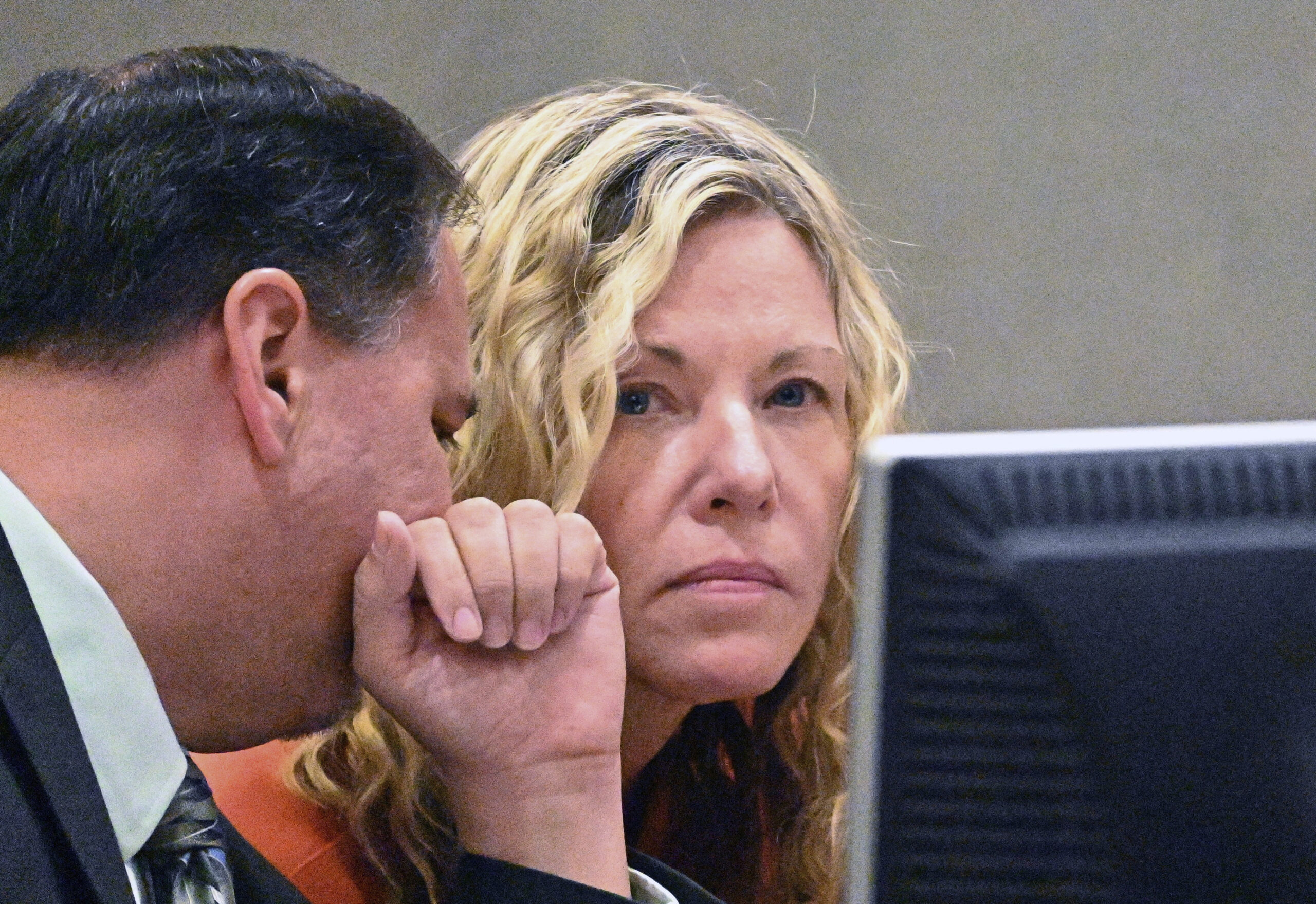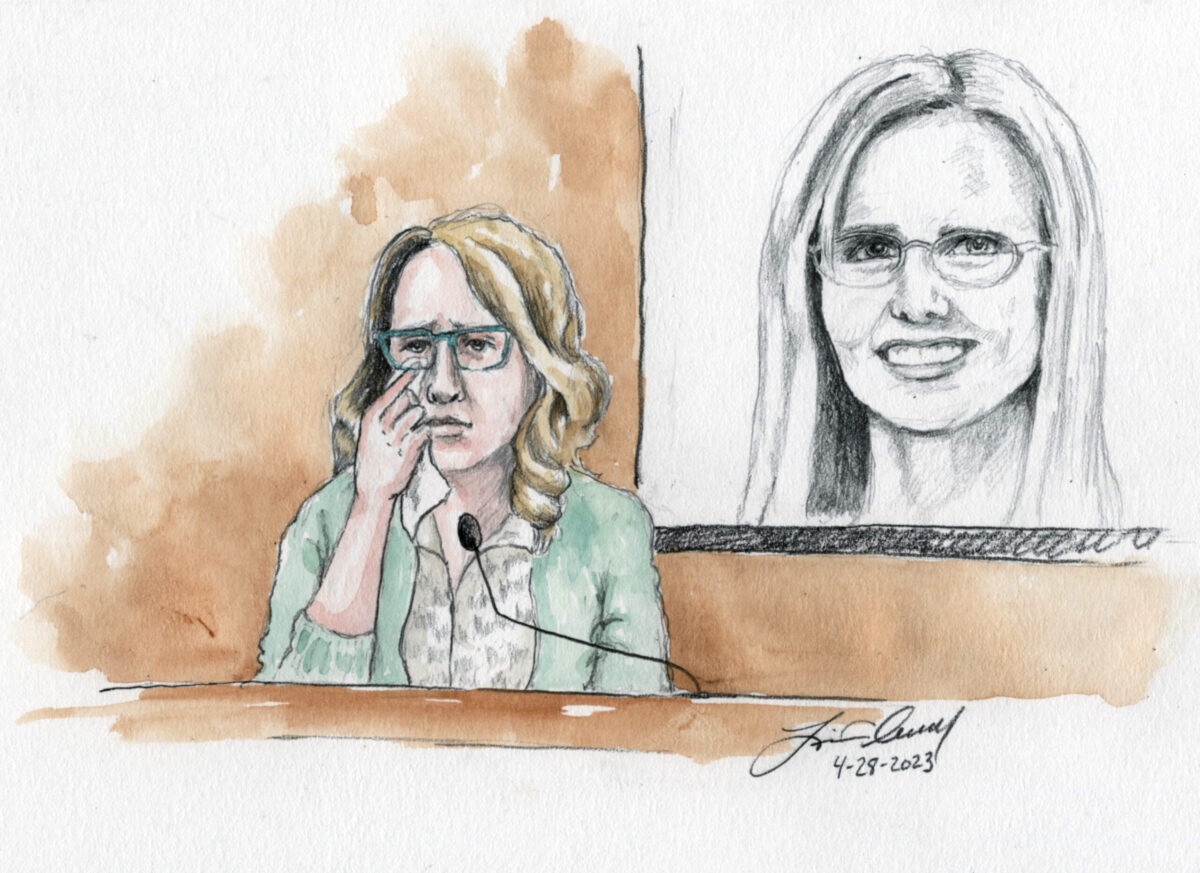COURTS & LEGAL
When Kids Commit Crimes: Exploring The Effects Of Utah’s Juvenile Criminal Justice Reforms
Sep 3, 2019, 10:30 PM | Updated: Feb 12, 2023, 7:14 pm
SALT LAKE CITY, Utah — Two years after the state passed the Justice Reinvestment Initiative legislation aimed at improving the criminal justice system for adult offenders, lawmakers followed suit in 2017 with juvenile justice reforms.
In April that year, Pew applauded Utah for the measures it took to pass the comprehensive juvenile justice reform.
Since that legislation passed, Utah has seen more than a 50% decline in juveniles going to detention.
Before the reforms in 2015, non-felonies accounted for most types of out-of-home dispositions or placements for juvenile offenders. Of the nearly 3,000 cases that year, 42% were due to contempt, 37% were misdemeanor crimes, and 2% were status or infractions.
Felony crimes made up only 19% of juvenile offenders’ out-of-home placements.
Depending on the nature of juvenile crimes, are punishments fitting the crimes?
Pre-Juvenile Justice Reforms
Nindy Le went through Utah’s juvenile criminal justice system in 2007 – ten years before the reforms passed. She said she knows what it’s like to go through a strict juvenile system.
Le was only 14 years old when she got into an argument with her older brother at home and the police were called to respond.
“I was put in handcuffs,” Le told KSL Investigator Brittany Glas. “I was placed in the back of a squad car. I don’t think I like really comprehended where I was going or what I was going to go through or how long I was going to be gone for. So, I was really scared.”
She was taken to Salt Lake Valley Juvenile Detention Center where she was immediately processed.
“One of the things I remember was being strip-searched, which was really weird – just getting naked and bending down and doing all the stuff that they wanted me to do,” Le said. “I still don’t think I fully processed what was going on until we did all of that. They walked me back to my cell and locked me in and I couldn’t go to sleep. I was just scared. I didn’t know where I was, or what this place really was.”
She said she was left alone in a juvenile cell, with a concrete platform that had a thin mattress on top.
“I think I cried like half my time there, which was the first three or four days until my dad was able to come visit me and calm me down,” she said. “I just cried like all day.”
Le stayed at the detention center for more than a week.
“I wasn’t like really out in the streets, like doing bad things,” Le said. “It was just a lot of family conflict at home that brought me into the court system. I had a rocky relationship with my brother at the time and his girlfriend.”
Her brush with the justice system came shortly after her mother passed away, creating tension at home – something the juvenile system she went through didn’t bother to look into any further.
“My mom really was the closest person in my life to me,” Le said. “She was really like the parental figure and the one who would take care of the house, really take care of me. My dad – he just worked a lot like to provide, so he wasn’t really home during the day. I wasn’t like really out in the streets, like doing bad things. It was just a lot of family conflict at home that brought me into the court system. I learned I never really processed the death of my mom.”
The Utah Juvenile Defender Attorneys handled Le’s case. Executive Director Pam Vickrey said the 2017 reforms – passed with the goal of finding better alternatives to detention for many juvenile offenders – would have drastically changed Le’s experience.
“Nindy would be considered ‘low-risk,’ and a person with low-risk offenses and misdemeanor offenses like she had wouldn’t have been booked into the detention center,” Vickrey said. “She would have been eligible for what’s called the ‘non-judicial,’ so she would have been formally diverted. She wouldn’t have had a formal court hearing. Even if for some reason she had, she would have had presumptive timeframes on probation.”
Le spent nine months on probation. Under the new reforms, Vickrey said Le would have spent only three-to-six months on probation.
Le would likely have had significantly fewer community service hours required, as well.
Vickrey said detention can be a traumatizing experience for juveniles.
“Removal from the home is never a good idea for young people,” Vickrey said. “What we really want to do is keep kids in their communities and with their families whenever possible, and when that isn’t possible, our goal is still to get them back to that situation as quickly as possible. So, de-escalate what is causing a safety issue, and then get them back home to their families where we’re going to hopefully provide support and structure.”
Referring to Le’s case, she added, “Here was a young girl – 14, who tragically lost her mother, and then is removed from the home, removed from her family. Going to detention didn’t fix Nindy’s family situation. It didn’t fix the fact that she lost her mom, or that her dad wasn’t able to care for her, that she had a difficult living situation with her brother. None of that fixed those problems.”
Vickrey said when it comes to juvenile criminal justice reform, stakeholders have to remember that kids think differently.
“We have to look at accountability for young people differently than we look at punishment for adults,” she said. “We want to make sure that we hold young people accountable, but in a way that young people are capable of learning from.”
Rep. Carol Spackman Moss, D-Holladay, now serves on the Criminal Justice Appropriations Subcommittee. She said the hope is the reforms will break the criminal cycle in our state.
“If we can keep these kids out of that justice system to begin with, they’re not going to be on that path to incarceration,” Spackman Moss said.
Spackman Moss also spoke to KSL Investigators about the need to reduce the number of re-offenders in our state, clogging up jails and prisons, time and time again.
“We want to see people get better, we want to see an end to recidivism, we don’t want to see re-offenders. We want to get them help,” she said.
 Le said at the time, her punishment did more harm than good. That is, until she met a nurse who helped her through her pregnancy as a teen mom. The woman gave her the encouragement she needed to stay in school.
Le said at the time, her punishment did more harm than good. That is, until she met a nurse who helped her through her pregnancy as a teen mom. The woman gave her the encouragement she needed to stay in school.
“Having her there ultimately changed the course of my life, to where I stopped recidivating,” Le said. “What has worked for me as a young person, it’s always been people who were able to build a connection or new relationship with me and show that they care. That’s what has always done it for me. It was never anything else,” Le said. “It’s always been people and relationships and role models. Good role models.”
Le went on to graduate from high school on time. Then, she received an associate’s degree in sociology and a bachelor’s in psychology. She also sits on the Utah Board of Juvenile Justice as the youth member.
She traveled to Washington, D.C. in June to speak on a panel at the Coalition for Juvenile Justice. There, she shared her story with the hope it will be a platform for change and reforms will be passed across the country.
“We can just skip all the punishment, and the lockup, and everything that just didn’t work and just get straight through referrals to the treatments and get to that underlying cause of what’s going on in a young person’s life and really just address it and get to the root of it,” Le said.
Do Juvenile Punishments Fit the Crimes?

Marquez Grajeda’s mother, Alma Castillo. Grajeda was allegedly shot and killed by a 14-year-old earlier this year.
Victims of violent, serious crimes committed by teens, however, don’t want to see the reforms give those teens a pass.
“It’s not fair,” Alma Castillo said, getting emotional. “I don’t think it ever will be fair.”
Castillo’s son, Marquez Grajeda, was killed on February 5 this year. He was the victim of a shooting inside a West Valley home. The alleged shooter was just 14 years old.
Grajeda would have celebrated his 16th birthday on August 28.
“This will be his first birthday without him,” Castillo said. “I go to the cemetery almost every day and I lay with him.”
Life, she said, isn’t the same.
RELATED: Family, Friends Gather to Remember 15-Year-Old Killed in West Valley Shooting
West Valley Police told KSL at the time that the shooter left the scene, but was later found and taken into custody.
“He had no remorse, you know,” Castillo said. “He left my son there to die. I don’t feel sympathy for that kid. At first, I did feel bad because he’s still a kid and I felt bad for his mom. Then, I became angry. And now it’s like, you know, I want his mom to feel what I feel. I just don’t feel sympathy for them.”
Castillo said she wants the shooter to serve significant time in detention, but fears that may not happen.
“We feel like, where’s the justice?” she said. “At least, give him, you know until he’s 21 years old. It’s not going to bring Marquez back. But, it’s going to give him a little bit of punishment. I think every ‘juvi’ who does a crime should be punished. Even if they’re kids, you know what you’re doing. At that age, you know what you’re doing.”
SEE MORE:
- Family, Friends Gather To Remember 15-Year-Old Killed In West Valley Shooting (Feb. 6, 2019)
- Teen Who Shot Deserae Turner Sentenced To 15 Years To Life (Feb. 1, 2018)
- Man Who Murdered Girlfriend When 14 Will Serve At Least 18 Years In Prison (July 28, 2016)
- Teen Boy Stabbed At Walmart In Sandy, Police Say (June 20, 2019)
- Man Accused Of Murdering Mother, Stuffing Her In Freezer Could Be Discharged Soon (June 14, 2019)
- Teen Arrested On Suspicion Of Attempted Murder In Northridge HS Razor Attack (Nov. 29, 2018)
- Teen Charged With Attempted Murder After Planting Bomb At St. George School (Mar. 26, 2018)













